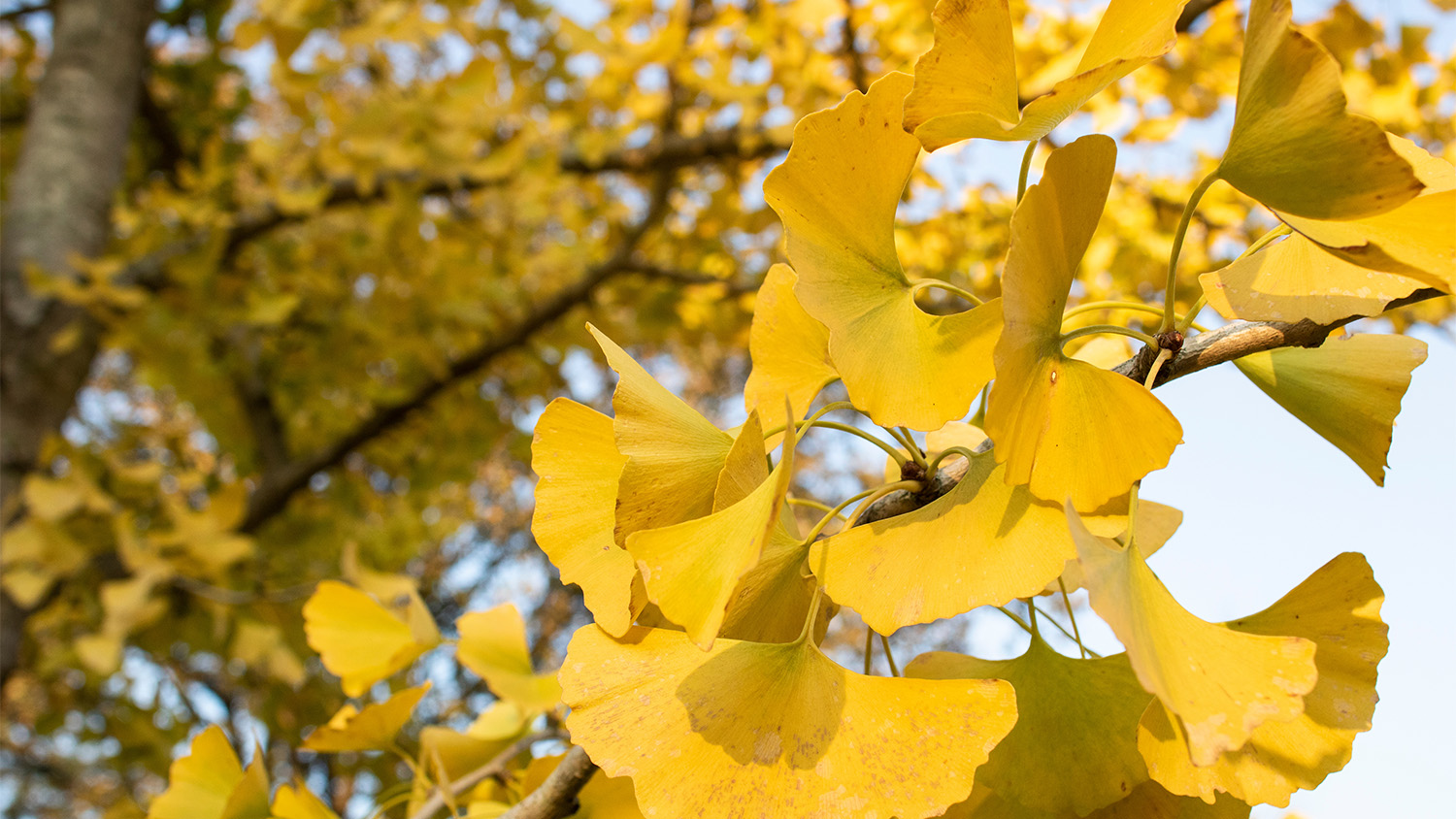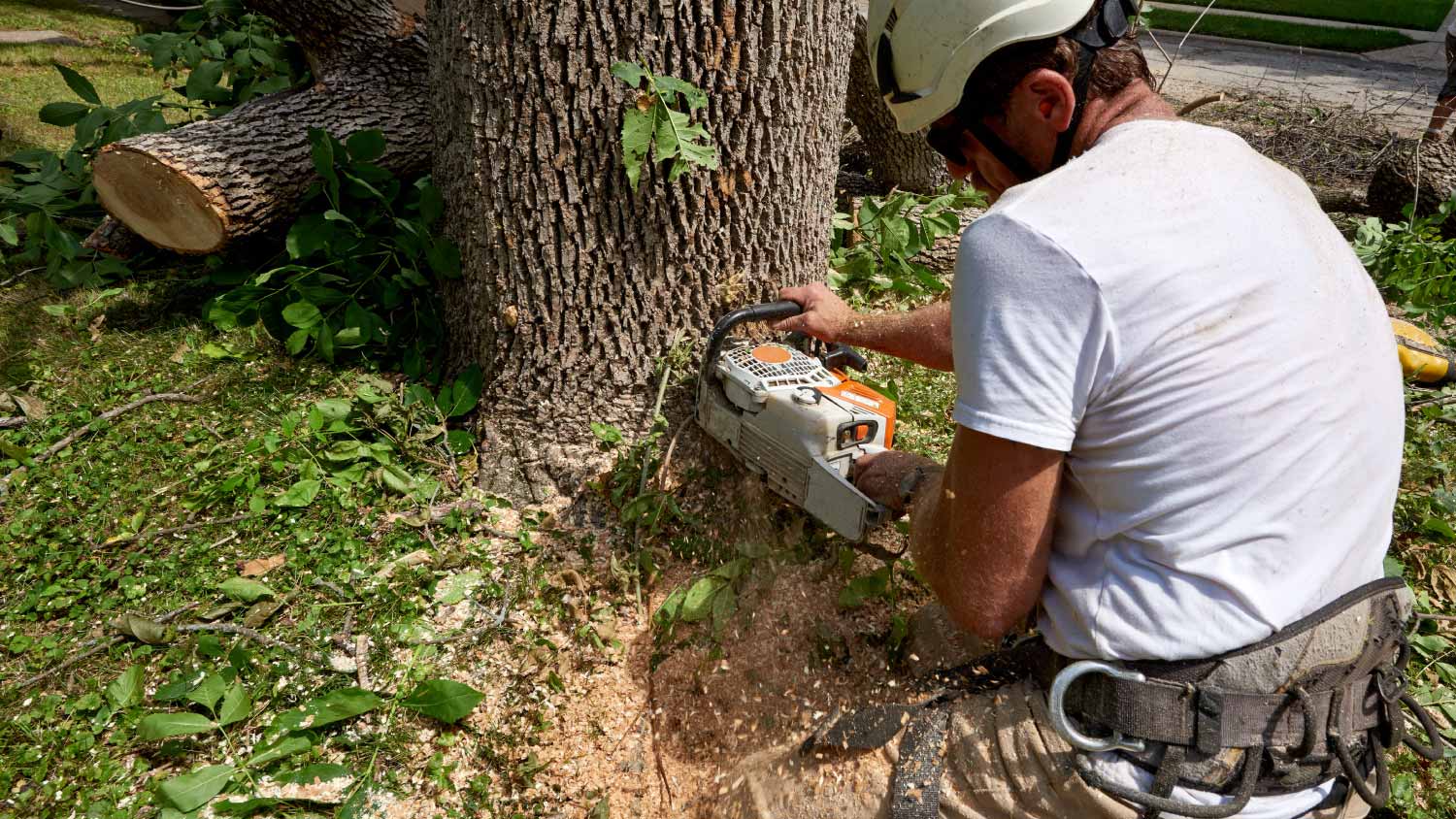10 Best Options to Replace Your Ash Tree
The EAB doesn’t mean the end of all your trees
If you’re reading this, you’re either preparing to remove or have already removed your ash tree due to damage caused by the emerald ash borer. This small beetle’s destruction to these trees across the Midwest and beyond is devastating. But, luckily there are many trees resistant to it that offer stunning fall foliage and excellent shade.
What’s the Deal With the Ash Tree?
Ash trees (all species—black, white, and green) in the United States are dying out rapidly due to an invasive species called the emerald ash borer, often abbreviated to EAB. This beetle was first discovered in Michigan in 2002 and was most likely accidentally introduced via shipping pallets coming to the country from Asia.
Ash trees have a connective tissue-like system inside them that transports water to the roots and leaves; EAB larvae feed on the area in the tree just below the bark, damaging this system and causing the tree to become brittle and eventually die. Sometimes, the limbs become so brittle they can snap and fall off unexpectedly, which can, of course, cause damage to you, your car, or your home.
Once the tree loses 30% of its canopy, it’s best to have it removed and replaced with another one that is not attractive to these pests. Make sure to hire a local tree removal expert who has experience with ash trees.
10 Great Trees to Replace Your Ash Tree
Many trees can replace your ash tree. If you have room for multiple trees, consider diversifying and planting the tree species listed below. This will help your landscaping survive future invasive diseases or pests.
1. Quaking Aspen
The quaking aspen holds many distinctions. It has the most extensive natural range of any North American tree, covering 47 degrees of latitude, 110 degrees of longitude, and spanning elevations from sea level to timberline. In addition, it is the largest living organism, as it grows by reproducing sprouts from its roots; one notable tree had 47,000 clone stems attached to it. In fall, it produces striking yellow leaves that make a soft sound when hit by wind, thus the name “quaking” aspen. It will grow to 40 to 50 feet at maturity.
Hardiness: Zones 1-7
2. Northern White Cedar
Despite its name, the northern white cedar is not actually a cedar, but rather a part of the cypress family. A coniferous evergreen tree, the northern white cedar is also known as the swamp cedar as it thrives in wetlands and loves moist soils. It has dense foliage and typically grows 40 to 70 feet.
Hardiness: Zones 2-8
3. Red Maple

Instantly recognizable in autumn by its fiery red leaves, the red maple tree is native to North America. In dense, suburban environments, it will grow to an average of 50 feet and requires six hours of sunlight every day. The red maple produces small fruits, called samaras, which attract squirrels and other small critters; also, note that its dry leaves can be toxic to horses if consumed.
Hardiness: Zones 3-9
4. Sugar Maple
A sugar maple tree is sure to make a statement every autumn as its leaves turn burnt orange, red, and yellow. It needs room, so it shouldn’t be kept to confined areas and prefers well-drained, moist soil, though it can handle moderate drought conditions. A bigger tree, the sugar maple can grow up to 75 feet with a spread of 50 feet, which offers excellent shade.
Hardiness: Zones 3-8
5. Miyabe’s Maple
Native to Japan, this maple has very dense leaves that change from a deep green to golden yellow in fall. It can reach up to 45 feet and prefers moist soil with excellent drainage.
Hardiness: Zones 5-7
6. Silver Maple
The silver maple gets its name from the bottom of its leaves, which are a silver-ish hue compared to the green on top. At the slightest gust of wind, the tree can look like it’s shimmering! Considered one of the fastest-growing maples, it can reach 80 feet when mature.
Hardiness: Zones 3-9
7. Maidenhair

Also known as the Ginkgo Biloba tree, this species is considered an ancient living fossil, having survived since the Jurassic era, over 180 million years ago. It can live over 1,000 years and grow over 100 feet tall (though in suburban environments will likely top out at 50) and is popular in China, Japan, and Korea. It has remarkable fan-shaped leaves which turn a golden yellow in fall.
Hardiness: Zones 4-8
8. Kentucky Coffeetree
This hardy tree will grow over 40 feet and is tolerant of many soil conditions. A tough species, it’s also drought-tolerant and bears a fruit that Native Americans once used to brew similarly to coffee. It’s a slower grower, with leaves turning yellow in autumn.
Hardiness: Zones 4-8b
9. Hackberry
The hackberry tree is extremely resilient, able to handle all kinds of soils in eastern North America as far south as Florida and as far north as Canada. It can grow up to 60 feet at maturity and gets there fast, shooting up 13 to 24 inches every year. It produces small berry-like fruit that turns purple when they mature in mid-autumn and attract birds and other small animals.
Hardiness: Zones 3-9
10. River Birch

Native to the Chicago region, river birch trees are known for their peeling trunks; the salmon-colored trunks of younger trees peel away to reveal fresh shades of tan. In older trees, the layers are more of a copper color. As its name suggests, it grows on riverbanks in the wild and generally prefers moist soil conditions. At maturity, it can reach between 50 and 80 feet.
Hardiness: Zones 4-9















